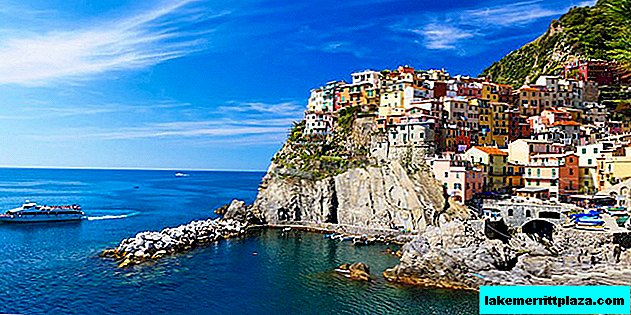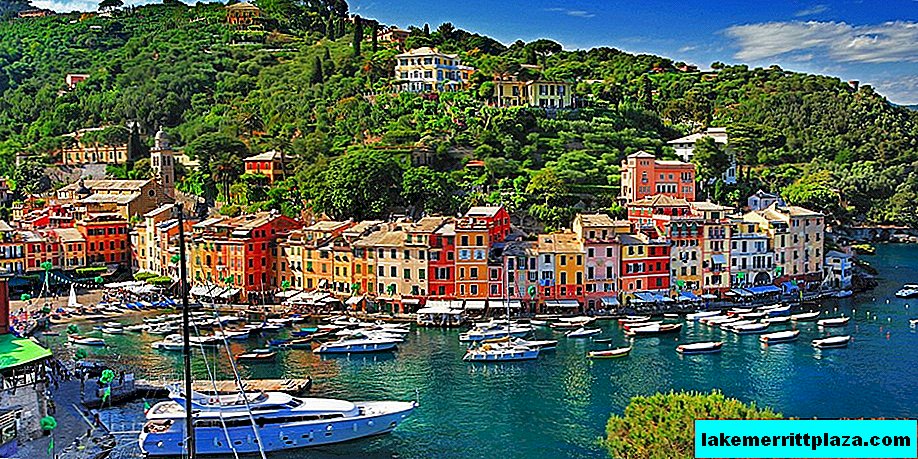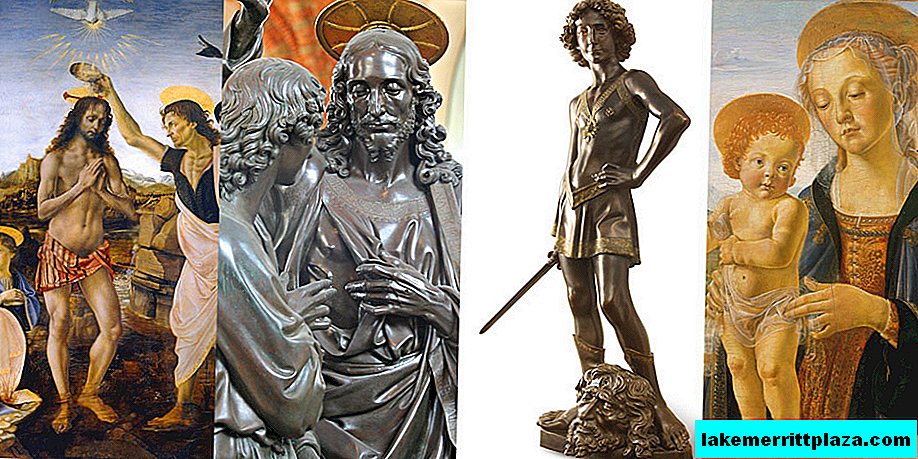In Italy, ten historical railway routes have been opened. Having bought a ticket for an old train, those who wish are able to enjoy the charming landscapes slowly passing by and learn about the history of the country.
On May 17, 2014, the first Sulmona-Castell di Sangro tourist route was launched in the Abruzzo region.
Nostalgia for the past and the desire to revive leisurely measured travels led to the idea of a "Timeless Railroad."
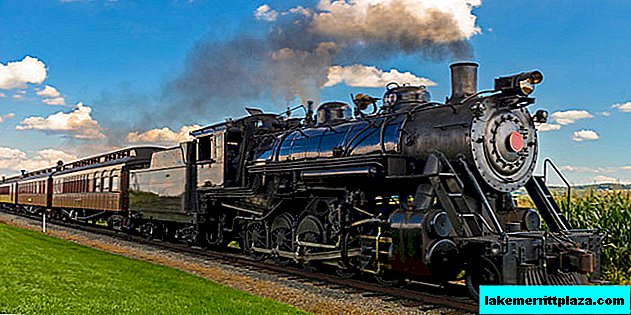
The Italian Railway Organization (Fondazione FS Italiane) has developed several routes that run ancient trains. Their special appeal lies in the beauty of nature, among which there are paths, as well as in the unusual architecture of the buildings encountered during the trip.
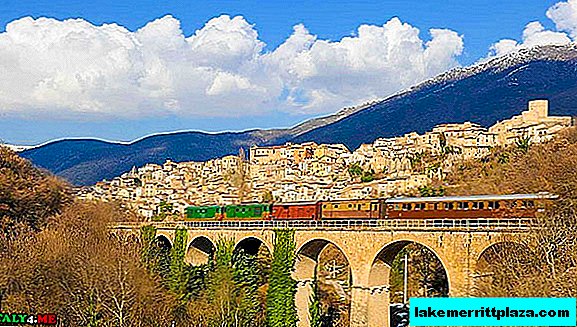
As conceived, the old and no longer used railway tracks should become the basis for the so-called "dynamic museum". Within its framework, four routes were developed in 2014, then six more were added to them. :
- Lake Railway: in Lombardy: running along the shores of Lake Iseo from the Palazzolo sull'Oglio (Palazzolo sull'Oglio) to Paratico / Sarnico (Paratico / Sarnico);
- Val d'Orcia Valley Railway in Tuscany: running from Asciano to Monte Antico amidst the hilly clay landscapes of Crete Senesi;
- Park railway in Abruzzo: from Sulmona to Castel di Sangro, Italy's second highest rail route;
- Temple Railway in Sicily:going from Agrigento Bassa to Porto Empedocle among the temples of Great Greece included in the UNESCO World Heritage List.
Here's a video of a trip along Route 3, a road called Transiberiana d'Italia.
The current timetable for this route, see here www.lerotaie.com
However, not only the surrounding landscapes, but also the means of transportation themselves are attractive in the routes: old models of trains of the Italian Railway Organization will run on rails. That is, trains with steam locomotives and wooden cars of the early 20th century.
Regular tickets cost from 30 to 60 euros.
In addition to the planned travel schedule, those who wish will have the opportunity to rent such a train for personal use. Going on a journey and not in a hurry to come to an end point: after all, all the charm here lies with the journey itself, in landscapes slowly sailing outside the window and freedom from all the problems and obligations left outside the car.
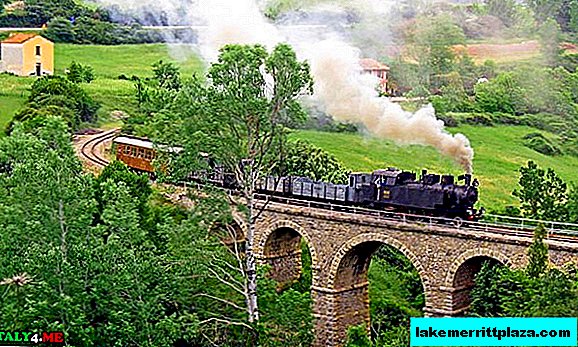
On May 17, 2014, the first Pack Railway was launched. This 76-kilometer route in southern Italy, from Sulmona to Castell di Sangro, has become a true work of art by Italian engineers. Every weekend throughout the summer, anyone can buy a ticket in advance online and ride the second highest Italian rail. To find out more information about the project, just follow the link. There you can track the current schedule of other tourist railway routes.
Official website for booking tickets www.railbook.it

